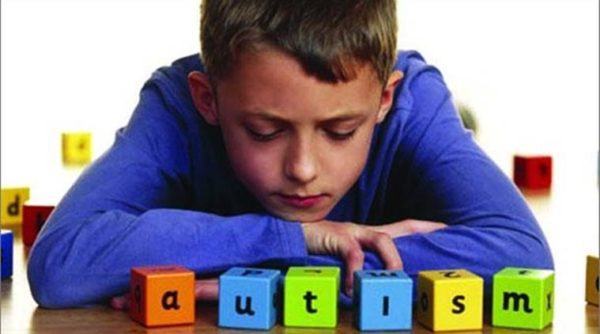


By Dr Ritika Mittal
Many parents face difficulty with a child who has issues in falling asleep, gets up frequently during the night or sleeps intermittently. Temporary sleep difficulties are expected during the phases of a child’s development. Children with ASD also experience sleep disturbances frequently and more intensely than typically developing kids, which can become a daily parenting challenge.
As per a Scientific American study, at least 50 to 80 per cent of children with autism face difficulties in falling asleep, while for typical children, the number ranges between one and 16 percent. In 2017, the number exceeded to 86 per cent among children with ASD. Children with autism need as much sleep as other kids, but they face some troubles with healthy sleep habits. There are a several factors that are important for establishing a plan for reinforcing a sleep pattern.
Tips to get a child with special needs to sleep:
An established routine is helpful for everyone. A proper schedule signals to the body that it is time for bed. Parents can prepare a chart with pictures for kids with autism, which they can follow or create a checklist to make them feel a sense of accomplishment.
Also Read| What is autism and how can you recognise the signs?
Children must know what is going to take place next. Schedule a bedtime routine which provides predictability, a familiar pattern and is comforting. It helps children with special needs to learn how to calm down, relax and get ready to sleep.
Bedtime should be the same every day and parents must include activities which are relaxing and pleasant, suitable as per the child’s needs and interests. A bedtime routine should consist of four to five steps which do not take much time. Activities such as reading a storybook, saying goodnight to family and favourite objects, bathing, toileting, brushing teeth, singing a favourite song or prayer, etc, may ideally be included. Engage your children in calming sensory integration activities.
A pressure touch is also seen to calm down children with autism. A gentle massage or rubbing-down by using downward strokes can be soothing.
When parents are away from home or get home late, it is still important to follow bedtime routines. Shorten every step significantly and try to eliminate the night-long frustration due to a slight change in routine.
How to create a relaxing sleep environment
The best way is to surround your kids with all the things they love. A stuffed animal, a soft blanket or a glowing roof nightlight helps children with autism fall asleep and stay in bed all night.
Bedding: Comfortable bedding is important and can make a lot of difference. Look at the sleeping pattern of a child and check if it’s time for an upgrade in mattress, sheets and pillows.
Mummy bag: Children with special needs seek a pressure touch as they find it calming and for this, mummy bag is helpful. It is similar to swaddling a baby and mummy bag works in the same way.
White noise: While this is common among adults with insomnia, it also works well for children. A white noise machine combines all the outside sound frequencies into a soft hum which blocks outside stimuli and is soothing. Machines with relaxing nature sounds, calm music or guided meditation are also available.
Bedtime clothing: Make sure pyjamas fit children well and are comfortable. Also, check if your child takes off their clothes in the middle of the night. It will indicate that they need cool fabric.
It is advised to avoid creating sleep routines and habits which will be broken later. Check for medical problems and environmental variables; accordingly, plan a better bedtime schedule. Sleep training can improve the quality of life for the entire family and will also gradually transform long-standing problems.
(The writer is Centre Head, Mom’s Belief Grassroots, Ghaziabad.)